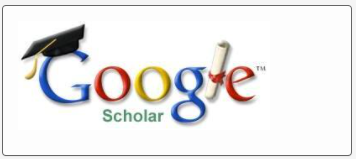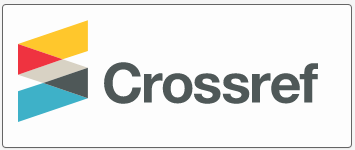The process of transition to circular economy in Georgia
DOI:
https://doi.org/10.52340/idw.2023.75Keywords:
economic, sustainable development, waste, polutionAbstract
The currently operating linear model of the economy has been operating since the time of the second industrial revolution, which can be visualized in the following scheme:
Obtain - Make - Use - Discard.
This model has worked effectively for a hundred years, due to the large reserves of resources in the world. At this time, the focus was on increasing production and sales and not paying attention to the storage of raw materials. This model, in the post-World War II period, greatly increased people's well-being, but the same model increased resource consumption and contributed to the emergence of a wasteful society. The concept of a linear economy has become unsustainable for the following reasons:
- Exhaustion of resources. (Especially, wood, metal, etc.)
- Ecosystem degradation. (Processes for extracting raw materials, such as logging, mining, hydraulic drilling, etc., destroy the planet's ecosystems;)
- Waste and pollution. (Injection of chemicals into water, emission of carbon dioxide, disposal of consumer waste, etc.)
However, fortunately, at the turn of the new millennium, the trend has changed, and due to the depletion of resources, the accumulation of large amounts of waste worldwide, which has created the danger of pollution to the earth, as well as the danger of destruction of natural resources, attention has been focused on the security of demand and supply.
It is for the above reasons that the world is moving to a new economic model called the circular economy, which involves replacing the word "discard" from the existing model with "renew" and "reuse".
The present paper discusses the steps taken by Georgia in relation to the transition to a circular economy, as well as the existing challenges and several main directions for solving the problems.
Downloads
References
ალადაშვილი,მ. (2023). ეკონომიკა და ფინანსები. „ცირკულარული ეკონომიკა და მდგრადი განვითარების პრიორიტეტები საქართველოში“, 1: 66-72.
ვისმეტი, ჰანს. (2019). ცირკულარული ეკონომიკა-კონცეფცია და ფაქტები. სახელმძღვანელო. თბილისი: მომზადებულია GENN-ის მიერ.
პრასეკი,დარიუშ. (2022).ცირკულარული ეკონომიკის სახელმძღვანელო უნივერსიტეტებისთვის. სახელმძღვანელო. თბილისი.
ევროკავშირსა და საქართველოს შორის ასოცირების ხელშეკრულება.https://www.eeas.europa.eu/georgia/evrokavshiri-da-sakartvelo_ka?s=221
საქართველოს ნარჩენების მართვის 2016-2030 წლების ეროვნული სტრატეგია.
საქართველოს გარემოსდაცვითი კანონმდებლობა.https://matsne.gov.ge/ka/document/view/33340?publication=30
ttps://business-partner.ge/ekonomika/sakartveloshi-tsirkularuli-ekonomikis-sapilote-programa-2022-tsels-daitsqeba







